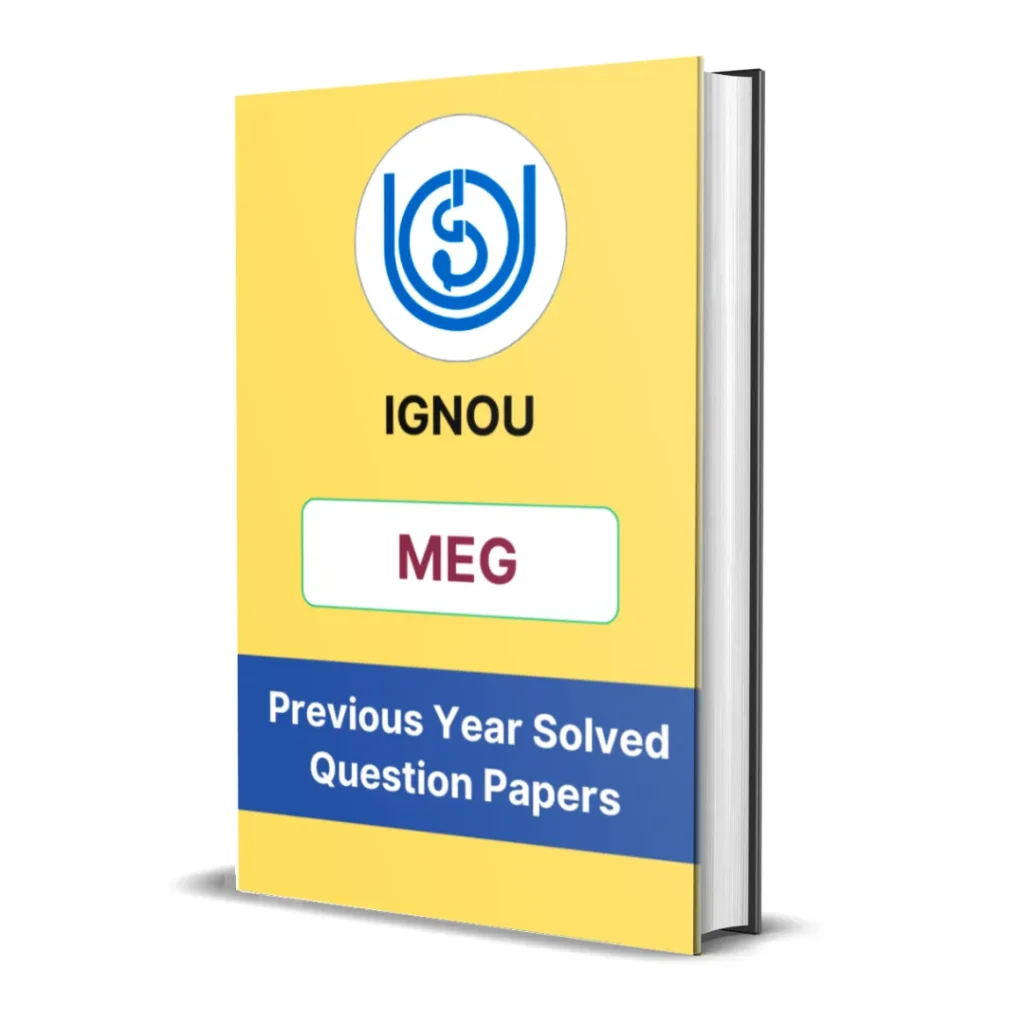MEG 1 Block 2 Summary | Undertaking A Study of Spenser
- Last Updated On August 11, 2025
Table of Contents
Here you will get the detailed summary of IGNOU MEG 1 Block 2 –Undertaking A Study of Spenser.
We have provided the summary of all units starting from unit 8 to unit 11.
Unit 8: The Renaissance
Unit 8 begins by placing Edmund Spenser within the broader context of the English Renaissance, a cultural and intellectual movement that spanned the late 15th to early 17th century. The Renaissance marked a revival of classical learning and a shift in worldview that emphasized humanism, individualism, and the rebirth of artistic expression. In England, it was also a period of national consolidation, the flourishing of literature, and the emergence of vernacular English as a powerful literary medium.
The unit explains how the Renaissance saw the rise of figures like Shakespeare, Marlowe, Sidney, and Spenser, all of whom contributed to the transformation of English poetry and drama. It also examines the influence of Italian writers like Petrarch, Ariosto, and Tasso, as well as the significance of Elizabethan court culture, patronage, and political power in shaping poetic expression. Students are introduced to the tension between medieval traditions and Renaissance innovation, a central theme in Spenser’s poetry. The unit prepares readers to see Spenser as both a product and a shaper of this dynamic intellectual and artistic period.

Unit 9: Edmund Spenser
This unit offers a biographical and literary overview of Edmund Spenser (1552–1599), often referred to as the “poet’s poet” due to his enduring influence on English literature. Spenser was born into a modest family and was educated at the Merchant Taylors’ School and later Pembroke College, Cambridge. He spent much of his life in Ireland, working in various administrative roles, and his experiences there deeply informed his poetry, particularly in its themes of colonialism, order, and morality.
The unit traces Spenser’s literary career, noting key works such as:
-
The Shepheardes Calender (1579) – a pastoral allegory that gained him fame
-
The Faerie Queene (1590 & 1596) – his magnum opus, a vast allegorical epic celebrating virtue and the Tudor monarchy
-
Amoretti and Epithalamion – a sonnet sequence and wedding ode expressing personal love and devotion
Students learn about Spenser’s linguistic experimentation, especially his deliberate use of archaism and his creation of a unique nine-line stanza, now known as the Spenserian stanza. This unit emphasizes Spenser’s dual ambition: to emulate classical and continental traditions while crafting a distinctly English poetic identity.

Unit 10: Spenser’s Poetry – I
This unit begins a focused analysis of Spenser’s most important work, The Faerie Queene, examining its form, purpose, and thematic depth. Spenser envisioned the poem as an allegorical romance that would both entertain and instruct, promoting moral values through heroic narratives. The poem was intended to be a 12-book epic (though only six books were completed), each dedicated to a particular virtue—such as Holiness, Temperance, Chastity, and Justice—embodied by a central knight.
Unit 10 focuses on:
-
Book I, which follows the Redcrosse Knight, the representative of Holiness, on his quest to defeat error and find spiritual truth.
-
The interplay of allegory, symbolism, and Christian morality within an Arthurian framework.
-
Spenser’s blending of mythological, biblical, and historical elements to promote Protestant values and glorify Queen Elizabeth I.
The unit also explores the poem’s language and form. Spenser’s use of the Spenserian stanza (eight iambic pentameter lines followed by a single alexandrine) lends the poem a rich, musical quality and reflects the poet’s control over poetic rhythm and imagery. Unit 10 helps students appreciate the intellectual and artistic ambition behind The Faerie Queene, as well as the challenges posed by its complex allegorical style.
Unit 11: Spenser’s Poetry – II
This unit continues the examination of The Faerie Queene, but moves beyond Book I to consider other books and themes, particularly those dealing with:
-
Chastity (Book III, featuring Britomart, a female knight)
-
Justice (Book V, featuring Artegall, the knight of Justice)
The unit also delves into the political and gender dimensions of Spenser’s poetry. For example, Britomart represents not only female virtue but also Queen Elizabeth I herself, revealing how Spenser weaves political allegory into mythic narrative. Artegall’s quest in Book V becomes a controversial and sometimes troubling reflection of Spenser’s views on law, order, and colonization, shaped by his administrative role in Ireland.
Further, the unit examines Spenser’s language and stylistic features—his use of allegory, classical references, personification, and elaborate descriptions—to convey moral and political ideals. It discusses how Spenser’s poetry both reflects and critiques his society, engaging with contemporary debates on religion, governance, virtue, and the human condition.
The unit closes by revisiting Spenser’s impact on English literature, noting how poets like Milton, Wordsworth, Keats, and even Yeats looked to him as a model of poetic excellence. His ambitious poetic project, while deeply rooted in his own historical context, resonates with readers across ages due to its rich imagination and ethical complexity.